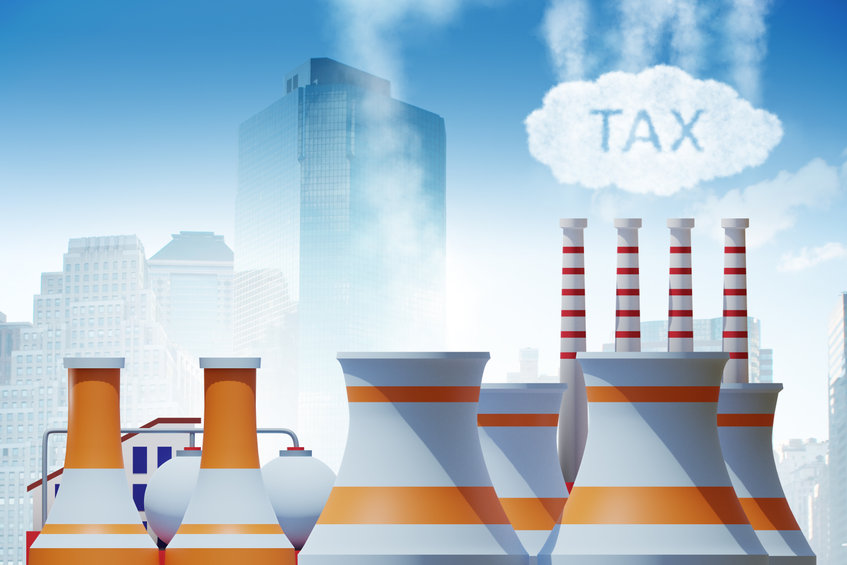Application Exercise 9e: Australia’s climate change legislation journey

- A carbon tax is an indirect tax or payment to the government levied on businesses for each tonne of carbon dioxide they emit into the air. An emissions trading scheme (ETS) involves businesses purchasing or being allocated permits to be allowed to pollute a certain quantity. If businesses do not require the permits they are issued, they are able to sell them to other businesses. A key point of difference is that under a tax, quantity of emissions reductions is variable and the ‘effective price’ of emissions is fixed, whereas the reverse is true under an ETS (i.e. the price is variable while quantity is fixed).
- A subsidy is a payment to a business and can lower production costs, however a tax is a payment made by the business and increases production costs. A subsidy enables profit motivated producers to achieve a higher level of profit whereas a tax lowers profit, all other factors being equal.
- Because subsidies are payments to businesses, it is an expense for the government rather than a source of revenue. This means that subsidies are likely to increase the size of the budget deficit or reduce the size of the government’s budget surplus.
- A tax is a source of revenue for the government, which should therefore decrease the size of the budget deficit, or increase the size the of the government’s budget surplus.
- A carbon tax adds to the production costs for businesses and lowers their willingness to supply. Across the economy, it will reduce the total level of supply, or aggregate supply, and hence the level of output in the short to medium term. As output falls, businesses need fewer resources, including labour. Hence a carbon tax has the potential to accelerate job losses (however this will be offset somewhat by the increased demand for labour that stems from growth in the renewables sector).
- Businesses that have a carbon tax imposed on them will experience higher production costs. To maintain profit margins, these businesses will seek to raise prices.
- Climate change is increasingly of concern to Australia due to the higher frequency of extreme weather events being experienced such as droughts and floods. These cause destruction of productive resources, resulting in a rapid increases in the price of goods and services, falls in national output (real GDP) and a decrease in incomes and living standards (e.g. a reduction in real GDP/income per capita).
